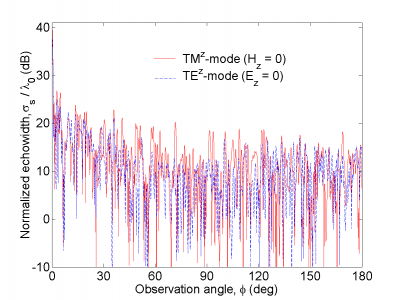video coding
This paper proposes a novel low-bitrate animation codec leveraging pose-guided human video generation with on-the-fly training. On the encoder side, the whole sequence is divided into key and non-key frames. Instead of compressing the whole sequences, only the keyframes and pose information are compressed. On the decoder side, the non-key frames are generated using a novel pose-guided human video generation model. The model is trained on-the-fly using keyframes to learn the mapping from pose to full frames.
- Categories:
 21 Views
21 Views
While the next generation video compression standard, Versatile Video Coding (VVC), provides a superior compressing efficiency, its computational complexity dramatically increases. This dataset provides a thoroug analisis on complexity of both encoder and decoder of VVC Test Model 6.0. Encoding and decoding operations have been performed for six video sequences of 720p, 1080p, and 2160p resolutions, and under Low-Delay (LD), Random-Access (RA), and All-Intra (AI) conditions (a total of 320 encoding/decoding operations).
- Categories:
 1141 Views
1141 ViewsA new methodology to measure coded image/video quality using the just-noticeable-difference (JND) idea was proposed in [1]. Several small JND-based image/video quality datasets were released by the Media Communications Lab at the University of Southern California in [2, 3]. In this work, we present an effort to build a large-scale JND-based coded video quality dataset. The dataset consists of 220 5-second sequences in four resolutions (i.e., 1920x1080, 1280x720, 960x540, and 640x 360).
- Categories:
 12211 Views
12211 Views
